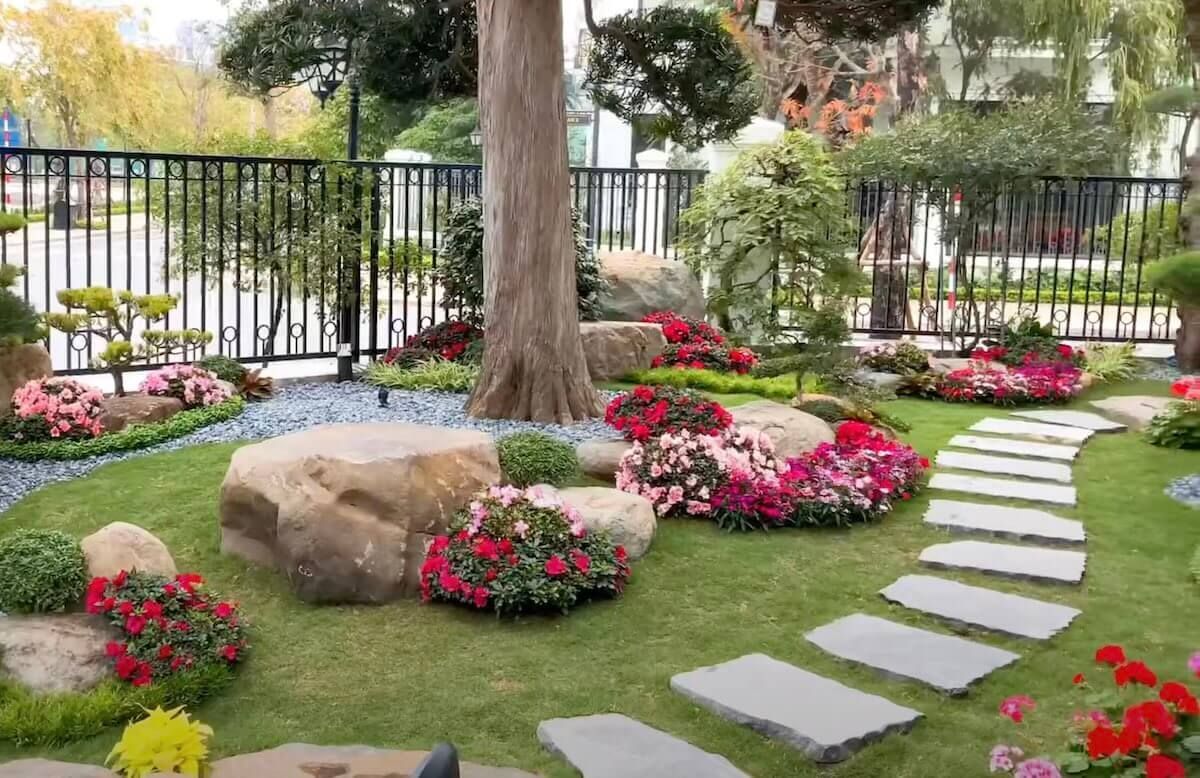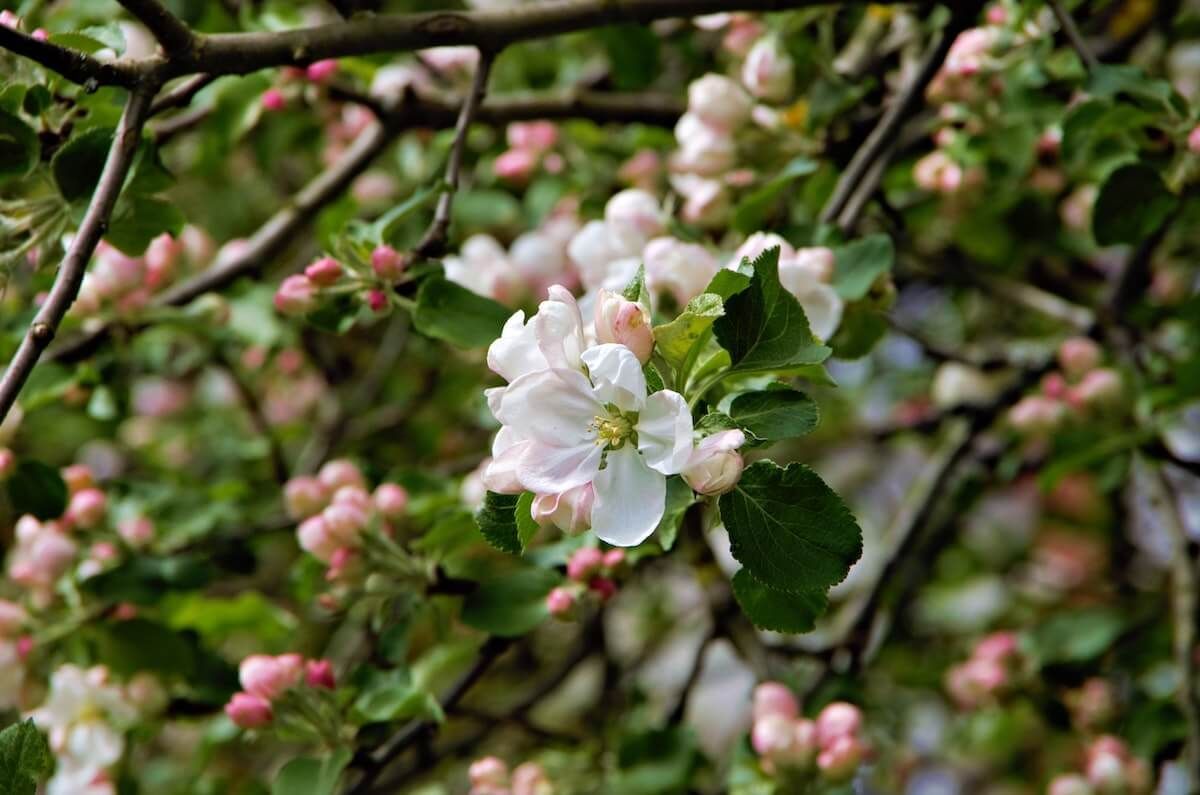Landscape Design Solutions Advice

Ask a person about his or her body's problem areas, and you get a laundry list of complaints about chins, thunder thighs, and love handles that would make self-styled weight-loss experts rail against the evils of carbohydrates.
Ask a do-it-yourselfer about his or her home landscaping headaches, and you get a litany of lamentations-drought-prone areas, rocky terrain, and small spaces that could discourage any property owner from ever picking up a bucket and shovel.
But while most fad diets and weight-reduction programs force you to adapt lifestyle changes your body isn't accustomed to, landscape design solutions are often less drastic and more sustainable.
Landscape design solutions for problem areas
Effective landscape design solutions allow your home landscape to work with its natural conditions and not against them.
With the proper implementation of good landscape design solutions, you can achieve a home landscape that is guaranteed to generate double-takes from passers-by and enhance your property's curb appeal.
Landscape design solutions for drought-prone areas
Elementary science has taught you that the Earth is made up of 70 percent water, and you wonder why your home landscape has to sit on the driest, sun-scorched part of the remaining 30 percent.
Living in water-starved areas does not mean abandoning your dream of having a lush home landscape altogether.
There are a couple of landscape design solutions that address problems affecting drought-plagued areas. One of these landscape design solutions follows the principle known as xeriscaping, which advocates the use of vegetation that is well-adapted to drought conditions.
Proper xeriscaping is achieved by using low-maintenance, drought-tolerant plants and trees and arranging plants with similar irrigation needs together in your home landscape.
Additionally, drought-resistant landscape design solutions also entail making improvements to the soil and limiting the use of turf.
Another one of these drought-resistant landscape design solutions involves efficient irrigation. Sprinklers deliver a large amount of water in a short period but lose a significant amount of moisture to evaporation.
Good landscape design solutions recommend the use of low-volume trickle or drip irrigators and soaker hoses.
These watering systems deliver moisture over a long period and tend to lose little water due to evaporation or runoff.
Effective landscape design solutions also call for periodic inspection of your irrigation system to minimize water wastage. Check for clogs or leaks, and make sure your watering system is properly calibrated.
Landscape design solutions for rocky terrain
There is one fool-proof way to deal with rocks that keep getting in the picture: give the rocks the leading role in your home landscape.
Of all the landscape design solutions for rock-littered landscapes, rock gardening often makes the most sense if you are making use of an indigenous resource and working with the natural conditions of your yard's terrain.
Yards with rocky terrain, eroding soil, rockless incline, or irregular grade changes are ideal candidates for rock gardens.
Moreover, carefully placed rocks provide a nurturing microclimate for the plants in your garden. Like other landscape design solutions, rock gardens achieve the desired effect when they look natural and blend artfully with the existing landscape.
Simplicity and ease of maintenance should guide your rock garden design, which means you should avoid complicated rock configurations and excessive plantings as much as possible.
Landscape design solutions experts recommend using rocks of the same geological type and positioning them in such a way that they follow the natural contours of the terrain. Ask your local nurseries or agricultural extension offices for help in choosing plants that thrive on stony terrain.
Landscape design solutions for small spaces
Not every property owner has been blessed with a yard the size of Fenway Park, but even small spaces can look grand with the implementation of a few landscape design solutions.
Deriving maximum use out of minimal space requires an artful yet practical application of elements and principles of landscape design.
Set a theme for your home landscape by repeating colors or structures. Provide good sequence or transition to various landscape areas to avoid leaving a cluttered look.
Landscape design solutions for small spaces should slow people down in viewing or touring the garden so the yard feels bigger to them.
You can make observers linger by establishing a focal point, such as a fascinating water feature, a unique plant, or an intriguing sculpture.
Space-enhancing landscape design solutions call for creating small, separate areas by installing a multistory deck or a patio.
A water feature, such as a pond, that reflects the sky and surrounding surfaces can add depth and dimension to your home landscape.











